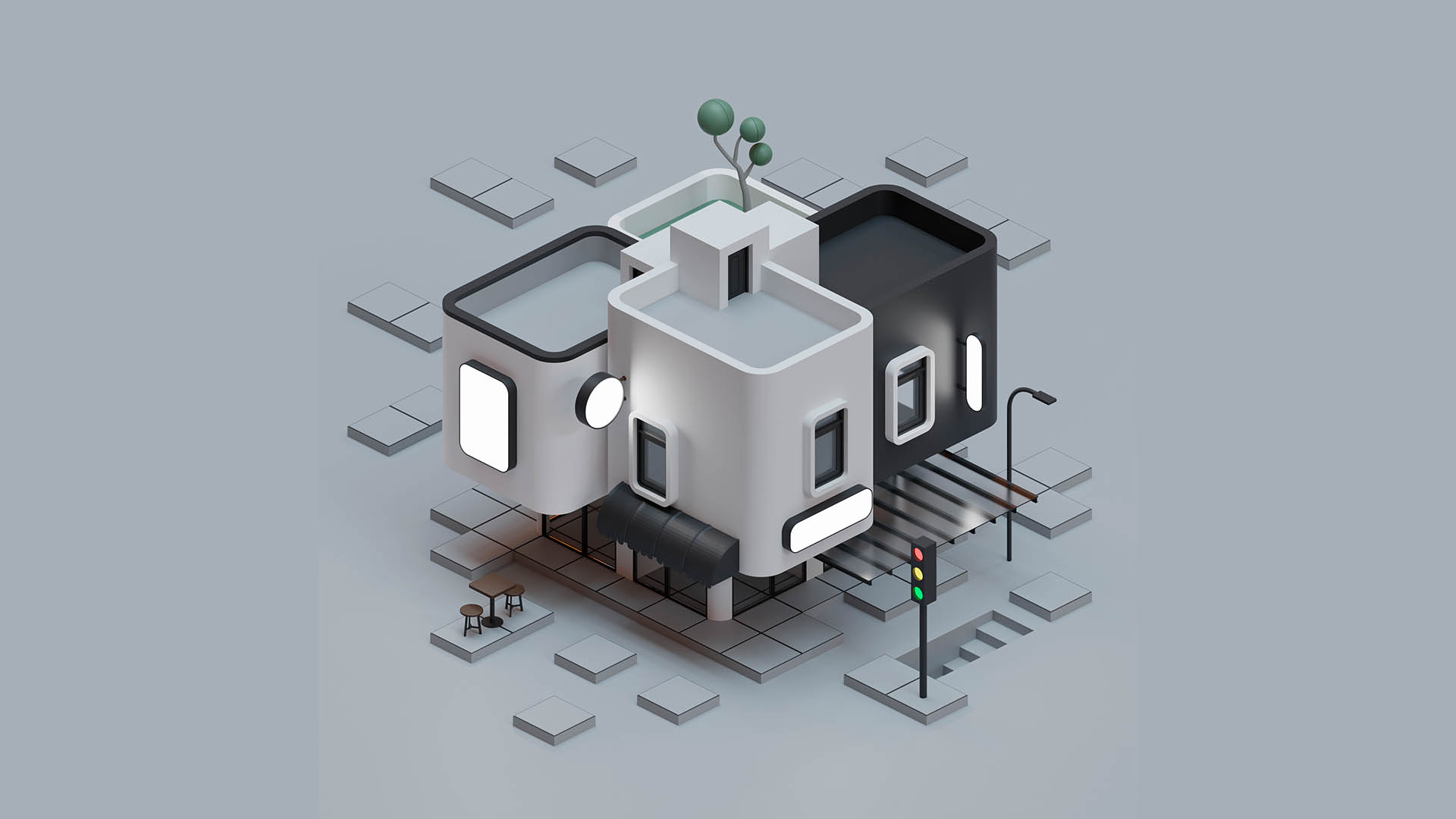Introduction
Vintage cars occupy a prominent place among car enthusiasts. The appeal of classic cars goes beyond mechanical performance; It extends to how to preserve timeless design and craftsmanship. For collector enthusiasts, creating the right place to display and store these automotive treasures is an important part of the journey. In this article we will explore the world of architectural design crafted specifically for vintage automotive sites, ensuring that these automotive masterpieces are preserved and displayed.
Designing a Vintage Car Haven
The process of designing a vintage car space involves a harmonious blend of aesthetics, functionality, and preservation. To begin our journey into the realm of architectural designs, let's delve into the key considerations that define the perfect vintage car haven.
Luxurious Ambiance
Maintaining the aesthetic condition of a classic car is of the utmost importance. The inclusion of high-end materials such as polished wood, leather, and antique finishes can help create an elegant atmosphere. Lighting plays an important role, with carefully placed highlights for each curve and curve. If you are looking to add a vintage masterpiece to your collection, consider searching online for a curated selection on car auctions Tallahassee.
Climate Control
Preserving the integrity of vintage cars requires meticulous climate control. Maintaining a consistent temperature and humidity level is essential to prevent rust, corrosion, and deterioration of sensitive components. State-of-the-art HVAC systems and insulation techniques ensure optimal conditions within the vintage car space.
Spatial Planning
Efficient spatial planning is critical for both the aesthetic appeal and practical functionality of the vintage car space. Adequate spacing between vehicles, strategic placement of display platforms, and consideration for ease of movement contribute to an inviting and functional layout.
Security Measures
Vintage cars are not just possessions; they are investments. Implementing robust security measures is non-negotiable, and here are some tips to guide their effective implementation:
- Advanced surveillance systems for monitoring vintage car collections.
- Secure access points, such as biometric locks, to control entry.
- Climate-controlled vaults to protect cars from environmental factors.
- GPS tracking technology for real-time location monitoring.
- Professional security services for on-site protection and response.
Innovative Display Solutions
The way a used car is displayed can greatly affect the overall experience. Innovative display solutions, such as rotating turntables, hydraulic lifts and customized platforms, can add a dynamic element to the space, allowing enthusiasts to recognize their prized possessions have come from various sources.
Designing with Purpose
Now that we have covered the basic considerations in the design of vintage car spaces, let us explore specific architectural elements that can enhance the beauty and functionality of these car shrines.
Customized Flooring
Choosing the right flooring is crucial in a vintage car space. Opting for substances like epoxy floors or incredible tiles not only enhances the visual appeal but also simplifies maintenance. Customized ground styles can upload a hint of personalization to the distance.
Vintage-Inspired Architecture
Incorporating architectural elements stimulated by using the eras of the antique motors can create a cohesive and immersive environment. Whether it's Art Deco, Mid-Century Modern, or Victorian impacts, the structure must supplement the design language of the vehicles on display.
Glass Enclosures
To strike a balance between security and visibility, glass enclosures provide an elegant solution. Frameless glass walls or display cases allow enthusiasts to appreciate the beauty of the vintage cars while maintaining a level of protection.
Interactive Technology
Integrating cutting-edge technology can enhance the overall experience within the vintage car space. Touchscreen displays with interactive information about each vehicle, augmented reality applications, and integrated sound systems can contribute to a multi-sensory experience. Here are some examples of innovative technology ideas, that can be used for car displays:
- Augmented reality technology in windshields for distraction-free heads-up displays.
- Flexible OLED screens for unique dashboard designs and improved visibility.
- Gesture recognition for hands-free interaction with the car's display.
- Advanced natural language processing for voice-activated interfaces.
- Introduction of 3D display technology for an immersive visual experience.
- Reconfigurable digital instrument clusters for customizable display layouts based on driver preferences.
Conclusion
In trying to create the perfect space for vintage cars, architectural design plays an important role. By marrying aesthetics, functionality and preservation, enthusiasts can create a space that not only showcases their automotive treasures, but also pays homage to the timeless design and craftsmanship of a bygone era. As the world of vintage cars continues to captivate hearts, the architectural designs of their dedicated spaces will undoubtedly evolve, pushing the boundaries of innovation and sophistication.





